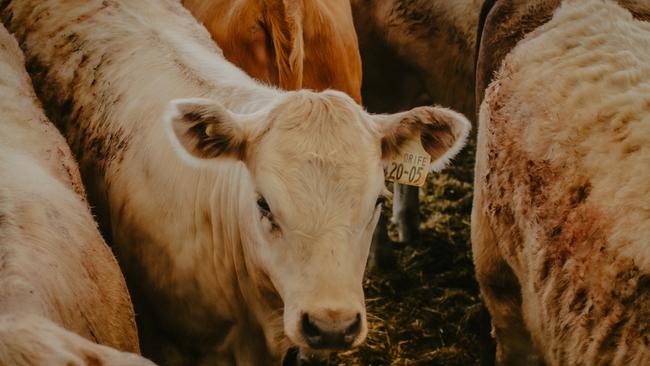Astonishing cattle prices forecast, but then what?
Young cattle prices throughout 2020 have consistently broken new records. An astonishing price for young cattle in early 2021 is now being forecast — but can it be achieved, let alone sustained?

YOUNG cattle prices could surge to unprecedented highs in the new year, with the potential to hit 1000c/kg in early 2021, a major bank claims.
The prediction is contained in a recent NAB rural commodities report, which forecast the Eastern Young Cattle Indicator potentially surging beyond 1000c/kg in 2021.
It follows a year of elevated cattle prices, driven by frenzied restocker demand across the east coast of Australia.
“Our view is that while it is entirely possible that the EYCI will break the $10 barrier in 2021, it is not our central case forecast and it is likely to be unsustainable if it occurs,” the report said.
But, NAB has pointed out any dramatic spike in cattle prices would be short-lived.
“Australian cattle prices are already expensive compared to our competitors, and if 2021 sees a drier back half, there is likely to be downside in the in the back half of the year and into 2022,” the report said.
The report credited widespread favourable weather and the expectation of further rainfall in Queensland this summer for having “turbocharged” cattle prices during 2020.
The EYCI is sitting at 801.25c/kg, a 59.7 per cent increase compared to the 501.50c/kg same time last year.
A recent AuctionsPlus cattle projections report said cattle prices in 2021 will hinge heavily on what happens with the weather in coming months.
According to the report, if the “much-hyped La Nina delivers for Queensland, prices will remain at all-time highs throughout 2021”.
But if rainfall is poor, cattle prices could retreat early in the new year, the report forecast.
AuctionsPlus chief market analyst Tim McRae said while cattle prices could rise even higher in the new year, for young cattle prices to surge skywards again a catalytic event such as flooding would need to take place.
“I think we would need to see a supply shock to see that spike,” Mr McRae said.
“If we go back historically, when we have seen the price high and then seen it kick or spike, it’s because of an event such as flooding, and logistic disruptions.
“For example the La Nina event of 2011, there was livestock logistically hindered from being moved … that’s the kind of thing that could see a spike in the young cattle market.”
MORE
JUST HOW HIGH WILL YOUNG CATTLE PRICES GO?



